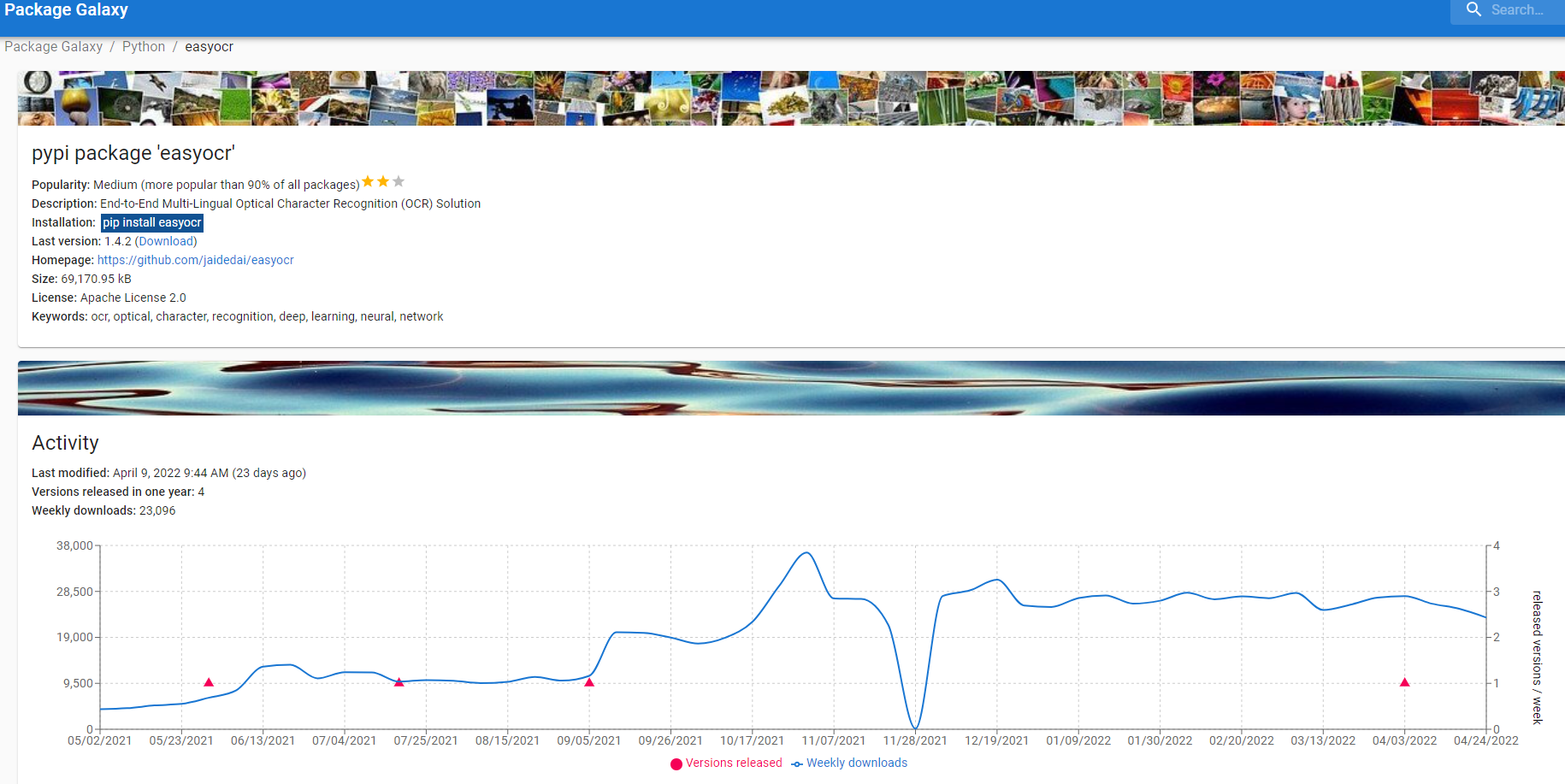Useful Python packages discovery sites
Python is an awesome language with an awesome ecosystem. It is both mature and very active. You are rarely left alone when you need to be doing something new. There are always one or more open source libraries or framework to help you achieve your goal.
But now you’re left with a dilemma: Which one to choose ?
The criteria are fairly simple. You want a library actively used and maintained, with the biggest community possible. But you want also a library still having momentum. You don’t want to invest too much is a technology on the downward slope. Without offense, people still doing Struts or ActionScript know what I mean.
I have often been surprised by people selecting technologies only because it was the first they came around. In python, possibly because of PEP20, there are less options than with other languages. But for instance, in the frontend world, I have often been surprised of people not visiting npmtrends.com before choosing a SPA page router, given the number of alternatives available.
The most used technology or the most trendy one may not suit your need and you may have a good reasong for picking another one, but you should do that knowingly.
The following sites are the ones I found useful while trying to compare python libraries and frameworks technologies together. I put them here in order to remember them. You may find them useful for you. Don’t hesitate to tell me about the ones I forgot in the comments.
Measuring community
https://star-history.com/ Allows comparing the github stars progression of several projects.

blacksheep never took off while fastapi gets closer to flaskStackoverflow trends data (https://insights.stackoverflow.com/trends) when available, shows medium to long term usage among newcomers. Only popular stuff will show up, however.

flask has peeked during pandemicLooking at dependent projects
I use https://www.wheelodex.org/ to look at the projects that depend on a
candidate, to assess its users community size and maturity. For instance, at the
time of this writing, 888 projects depend on FastAPI while 4,121
depend on Flask and 12,357 on click. For less outreaching projects,
digging into the dependents may show that a lot of them have not left the
experiment (version 0.0.1) stage.
https://pydigger.com/ is about searching names in package metadata. As it sort answers by descending release dates, it allows assessing recent activity around a candidate.
Measuring downloads
https://pypistats.org gives official packages PyPi donwnload stats, by Python version, major and minor. It gives only stats for the last 6 months and the lack of moving averages makes the graphs hard to interpret. It’s only useful for young projects.

https://piptrends.com/ present the above stats but ressembles npmtrends, allowing comparing packages together.

https://packagegalaxy.com/ has smoother graphs that also make release dates appear. A download peak just after a release may show a feature breakthrough (see below).

Others
https://www.techempower.com/ benchmarks web frameworks, not only python. As with any benchmark, results need to be taken into account with a grain of salt.
I used to visit https://pythonwheels.com to avoid using python packages that were not available as wheels. But a visit to the site now makes clear that there are not much left.
Conclusion
The above sites and information are just to know where you stand before investing your time and energy on a new toy. Sometimes however, you will go against the hints that the above sites give you (I’m looking at you, poetry).